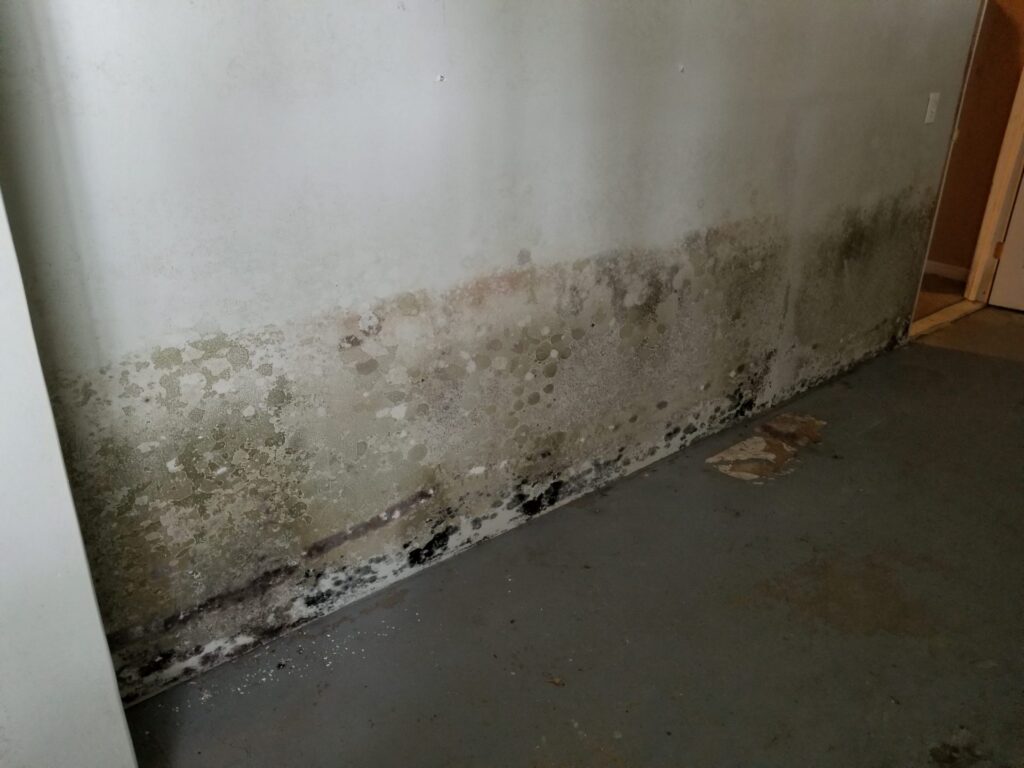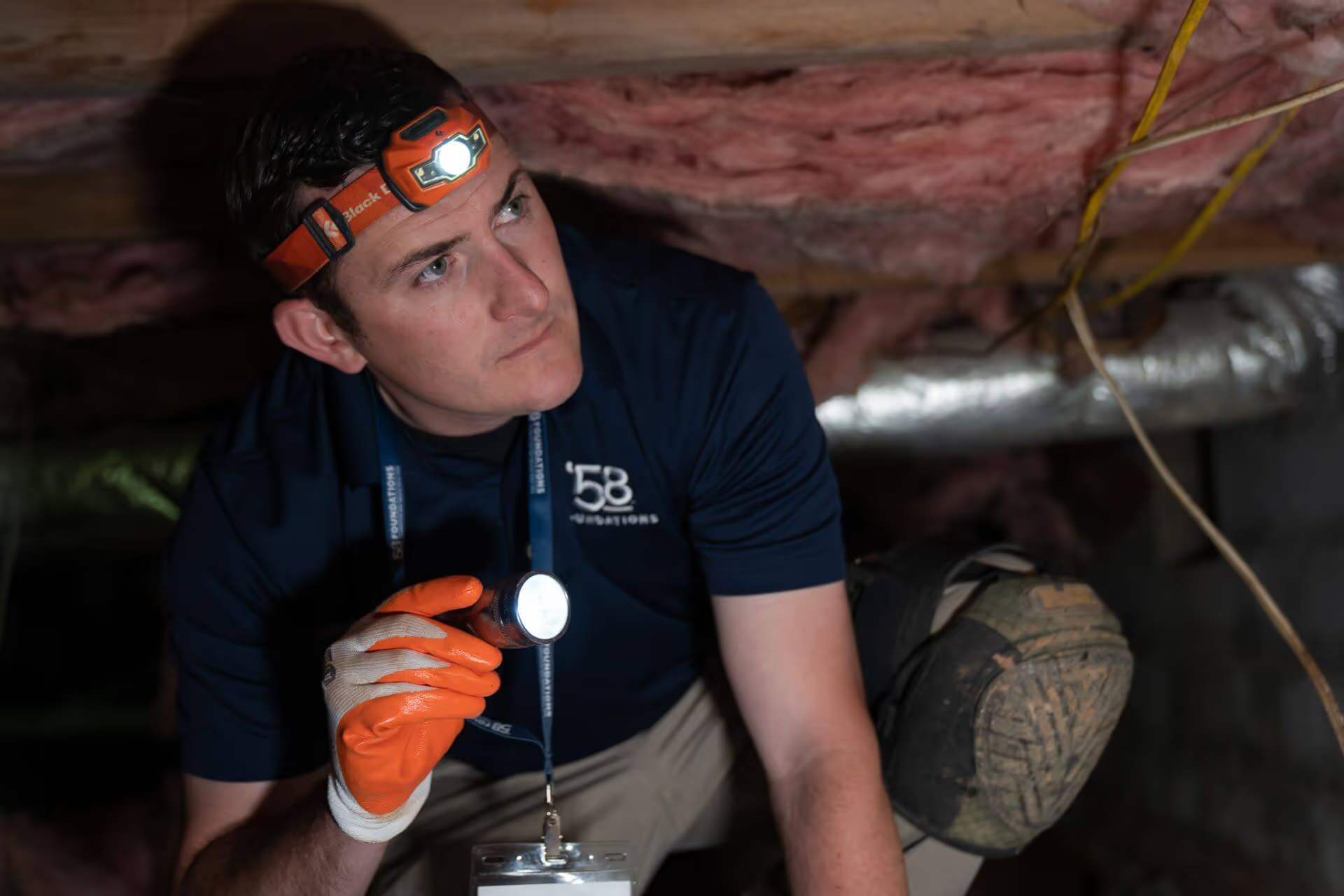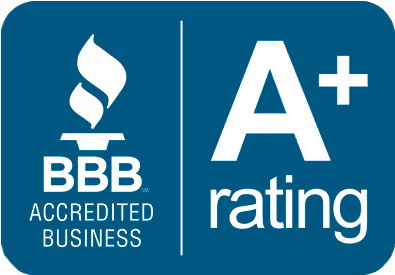Mold in the basement is a common issue that can have serious implications for the health and safety of a home’s occupants. Mold thrives in damp, dark environments, making basements a prime location for its growth. When mold is present in a basement, it can release spores into the air, which may spread throughout the home, including living areas and bedrooms. This raises an important question: Is it safe to sleep in a house with mold in the basement? In this article, we'll explore the potential health risks associated with mold exposure, the factors that influence mold's impact on your home, and the steps you can take to protect yourself and your family.
Understanding Mold and Its Health Effects
Mold is a type of fungus that grows in damp or humid environments. It reproduces by releasing tiny spores into the air, which can be inhaled by humans and animals. While mold is a natural part of the environment, indoor mold growth can lead to a range of health problems, especially for people who are sensitive or allergic to it.
Common Types of Indoor Mold:
- Stachybotrys chartarum (Black Mold): Often referred to as "black mold," this type of mold is notorious for its potential to produce mycotoxins, which can be harmful to health.
- Aspergillus: A common indoor mold that can cause allergic reactions and respiratory issues.
- Penicillium: Another common mold that can trigger allergies and respiratory problems.
- Cladosporium: This mold is often found on wood, carpets, and fabrics, and can cause allergic reactions.
Health Risks Associated with Mold Exposure:
- Allergic Reactions: Mold exposure can cause symptoms similar to hay fever, including sneezing, runny nose, itchy eyes, and skin rashes. People with mold allergies may experience more severe reactions.
- Respiratory Issues: Inhaling mold spores can lead to respiratory problems, particularly in people with asthma or other lung conditions. Symptoms may include coughing, wheezing, shortness of breath, and chest tightness.
- Infections: In rare cases, people with weakened immune systems or chronic lung conditions may develop fungal infections from mold exposure.
- Toxic Effects: Some molds, particularly black mold, can produce mycotoxins that may lead to more serious health issues, such as chronic fatigue, headaches, neurological problems, and immune system suppression.
Factors That Influence Mold’s Impact on Your Home
The severity of the health risks associated with mold in the basement depends on several factors, including the extent of the mold growth, the type of mold present, and the ventilation and air circulation within the home.
- Extent of Mold Growth:
- Localized vs. Widespread: If mold is confined to a small, isolated area of the basement, the risk to the rest of the home may be lower. However, widespread mold growth throughout the basement can lead to higher levels of airborne spores, increasing the risk of exposure.
- Active Growth: Mold that is actively growing and spreading can release more spores into the air, leading to a higher concentration of mold particles in the home.
- Type of Mold:
- Toxic Mold: Certain types of mold, such as black mold, are more likely to produce mycotoxins, which can have serious health effects even at low levels of exposure.
- Allergenic Mold: Molds that primarily cause allergic reactions may pose a greater risk to individuals with existing allergies or respiratory conditions.
- Ventilation and Air Circulation:
- Poor Ventilation: Homes with poor ventilation can trap mold spores indoors, leading to higher concentrations in living areas, including bedrooms. This is particularly concerning if the basement air is not adequately separated from the rest of the home.
- HVAC Systems: If mold spores enter the HVAC system, they can be distributed throughout the entire home, potentially affecting every room and increasing the risk of exposure.
- Proximity to Sleeping Areas:
- Basements Directly Beneath Bedrooms: If the basement is directly below the bedrooms, mold spores are more likely to rise and infiltrate the sleeping areas, increasing the likelihood of exposure during sleep.
Is It Safe to Sleep in a House with Mold in the Basement?
The safety of sleeping in a house with mold in the basement depends on the factors mentioned above. In general, it is not considered safe to sleep in a house with significant mold growth, particularly if the mold is actively spreading, producing mycotoxins, or affecting the indoor air quality.
Key Considerations:
- Airborne Mold Spores: Even if the mold is confined to the basement, spores can easily become airborne and spread to other areas of the home. When inhaled during sleep, these spores can cause respiratory problems and exacerbate allergies or asthma.
- Impact on Vulnerable Individuals: Children, the elderly, and individuals with preexisting health conditions, such as asthma or weakened immune systems, are particularly vulnerable to the effects of mold exposure. For these individuals, sleeping in a home with mold in the basement poses a higher health risk.
- Long-Term Exposure: Prolonged exposure to mold, even at low levels, can lead to chronic health issues. This is especially true if the mold is producing mycotoxins, which can have cumulative effects over time.
Given these risks, it’s important to take immediate action if you discover mold in your basement. Delaying remediation can lead to worsening mold growth, increased health risks, and more costly repairs down the line.
Steps to Protect Yourself and Your Family
If you suspect or discover mold in your basement, there are several steps you should take to protect yourself and your family:
- Inspect and Identify the Source of Moisture
- Inspection: Mold thrives in damp environments, so it’s essential to identify and address the source of moisture in your basement. Common sources include leaks, flooding, condensation, and poor drainage.
- Repairs: Fix any leaks or water infiltration issues promptly to prevent further mold growth.
- Test for Mold
- Professional Testing: If you’re unsure about the extent of mold growth or the type of mold present, consider hiring a professional to conduct a mold inspection and testing. This can provide valuable information about the severity of the problem and the specific health risks associated with the mold in your home.
- Improve Ventilation
- Increase Airflow: Improving ventilation in your basement and throughout your home can help reduce moisture levels and prevent mold spores from becoming trapped indoors. Use fans, open windows, and consider installing a dehumidifier to keep humidity levels in check.
- HVAC Maintenance: Ensure that your HVAC system is properly maintained and that air filters are regularly replaced to prevent the spread of mold spores throughout your home.
- Remove Mold Safely
- DIY vs. Professional Remediation: Small areas of mold (less than 10 square feet) may be removed using DIY methods, such as scrubbing with a solution of water and detergent or a mold-specific cleaner. However, for larger infestations or toxic molds, professional remediation is strongly recommended.
- Safety Precautions: When removing mold yourself, always wear protective gear, including gloves, a mask, and goggles, to avoid inhaling spores or coming into direct contact with the mold.
- Consider Temporary Relocation
- If Necessary: If the mold infestation is severe, or if you or a family member is experiencing health symptoms related to mold exposure, consider temporarily relocating until the mold problem is fully resolved. This can help reduce the risk of further exposure and allow time for proper remediation.
Preventing Future Mold Growth
Once the mold has been removed, it’s important to take steps to prevent future mold growth in your basement and home:
- Control Moisture Levels
- Dehumidifiers: Use a dehumidifier to maintain indoor humidity levels below 60%, which can help prevent mold from thriving.
- Waterproofing: Consider waterproofing your basement to address any ongoing moisture issues. This may include sealing cracks, improving drainage, and installing a sump pump.
- Regular Inspections
- Routine Checks: Regularly inspect your basement for signs of moisture or mold, especially after heavy rains or during humid weather. Early detection can help you address issues before they escalate.
- Proper Ventilation
- Airflow: Ensure that your basement and home are well-ventilated, with proper airflow to prevent moisture buildup. Consider adding ventilation fans or using a whole-house ventilation system if needed.
- Address Leaks Promptly
- Immediate Repairs: If you discover a leak or water infiltration, address it immediately to prevent mold from gaining a foothold in your basement.
Mold Is Not Safe
Sleeping in a house with mold in the basement is generally not considered safe, particularly if the mold is extensive, actively growing, or producing mycotoxins. Mold can pose serious health risks, especially for vulnerable individuals, and can affect the indoor air quality throughout your home. If you discover mold in your basement, it’s crucial to take immediate action to identify and eliminate the source of moisture, remove the mold safely, and prevent future growth.
For minor mold issues, DIY methods may be sufficient, but for larger infestations or toxic molds, professional remediation is strongly recommended. Taking steps to improve ventilation, control moisture, and regularly inspect your basement can help keep your home safe and mold-free, ensuring a healthy living environment for you and your family.
If you are experiencing potential mold issues in your basement or crawl space calling in a professional such as ’58 Foundations and Waterproofing that specializes in these services can help. We will provide you with a zero obligation FREE inspection to help you determine the severity of your situation and the best solutions available. Remember that putting an inspection off can lead to more costly remedies down the line.






